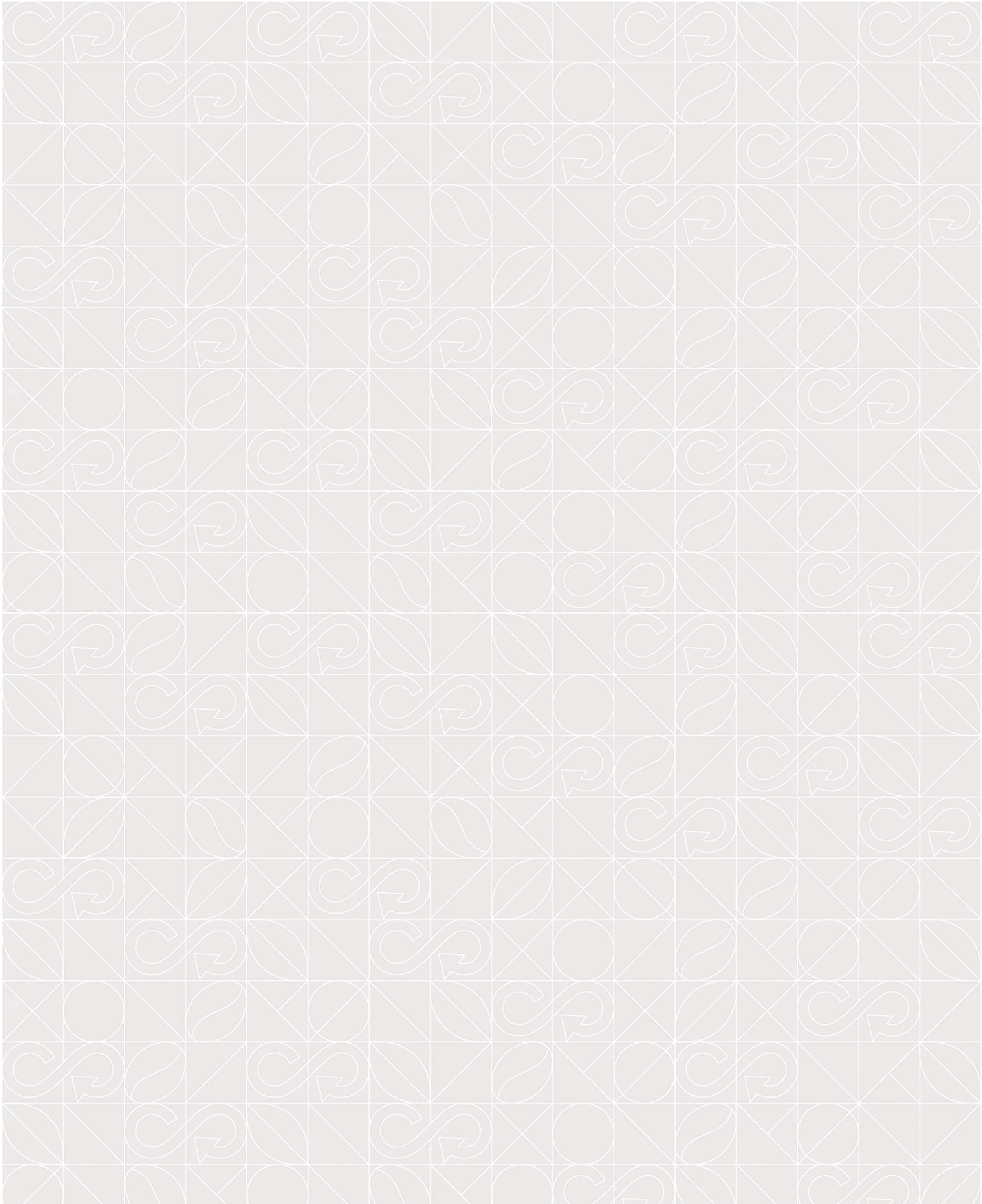
Environmental Impacts
Linear Economy vs Circular Economy
Single-use cups create huge amounts of waste, which typically are not recyclable and end up in landfills or our ecosystems.
This single-use system is called a linear economy, one that is based on a “take-make-waste” model: take natural resources (extraction) to make products (production/manufacturing) and when we’re done using them (consumption), we dispose of them (waste/landfilling).
Our goal is to move towards a circular economy model: design out waste and pollution, keep products and materials in use for as long as possible, and regenerate natural systems, creating a more closed-loop system.
Our Good To Go Cups stay in our closed-loop system, ready to be used again, saving resources, energy and our environment.
Did you know:
Billions of single-use coffee cups are discarded globally every year
If a person throws away one coffee cup per day, that adds up to 23 lbs of waste per year
Paper coffee cups are used for an average of 13 minutes before being tossed out
Fossil-based plastic-coated paper coffee cups take more than 20 years to decompose in landfills and are major contributors to the pollution of land, rivers, and oceans
If only 250 customers opted for a reusable cup each day, more than 7,000 paper cups could be saved in just one month
16 billion paper cups are used for coffee every single year, which leads to 6.5 million trees cut down, 4 billion gallons of water going to waste, and enough energy to power 54,000 homes for a year also goes to waste
